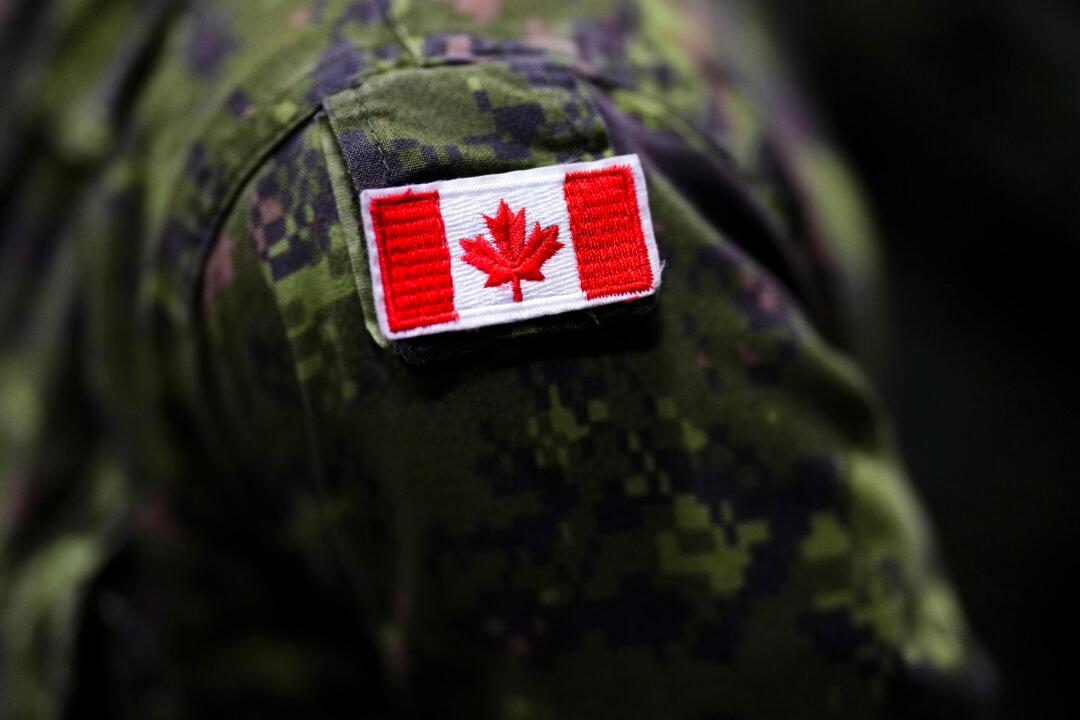The public inquiry into Ottawa’s use of the Emergencies Act to clear convoy protests got a taste of the back-and-forth that can be expected during the commission as one law professor challenged the government’s opening remarks as the commission got underway on Oct. 13.
Robert MacKinnon, general counsel at Justice Canada who is representing the federal government at the inquiry, said in his opening remarks that the evidence the government will be presenting “will show that the invocation of the Emergencies Act was a reasonable and necessary decision, given the escalating volatile and urgent circumstances across the country.”





